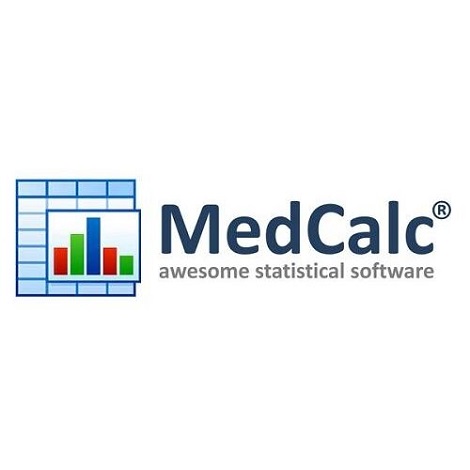

Relative risk & Odds ratio computational notes External links.If P is less than 0.05 then the assumption of homogeneous odds ratios must be rejected.įor the tests of homogeneity to be valid, the sample size in each stratum should be rather large. The null hypothesis for these tests is that the odds ratios are equal across the different strata. MedCalc also performs the Breslow-Day and Breslow-Day-Tarone tests for homogeneity of the odds ratios across the different strata. If P is less than 0.05 it can be concluded that the odds ratio is significantly different from 1 and that the odds in one group are significantly higher than in the other. MedCalc also reports the z-statistic and associated P-value. Next the program reports the weighted average of the odds ratio (the pooled odds ratio) across the different strata of the confounding factor, and its 95% confidence interval. MedCalc reports the odds ratio with its 95% confidence interval in each stratum. Filter: (optionally) enter a data filter in order to include only a selected subgroup of cases in the analysis.

Factor: a categorical confounding factor (e.g.treated and controls obese and not obese, etc.) Group: select a variable with codes that identify 2 groups (e.g.If your data are coded differently, you can use the Define status tool to recode your data. Outcome: the Outcome variable must be binary or dichotomous, and should only contain data coded as 0 or 1.

Outcome variable is CVD, group variable is Obese and factor variable is AgeGroup. How to enter dataįor each case, the outcome, group and factor are entered on one row of the datasheet. across subgroups or levels of the confounder). The test creates a series of two-by-two tables showing the association between a risk factor and outcome at different levels of a confounding factor, and computes a weighted average of the odds ratios across the strata (i.e. The Cochran-Mantel-Haenszel test computes an odds ratio taking into account a confounding factor.


 0 kommentar(er)
0 kommentar(er)
